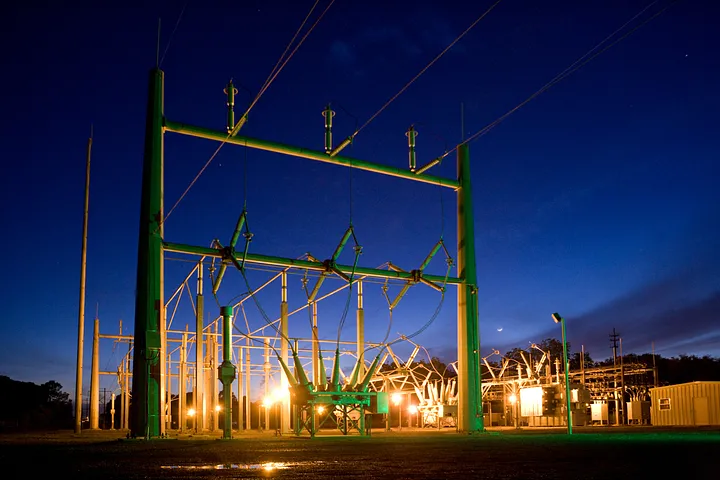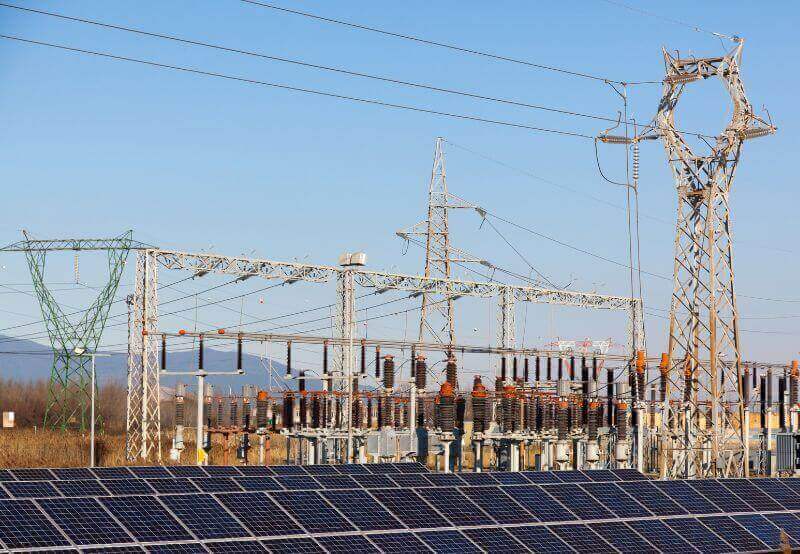The border states of the United States face unique challenges in managing their electric power supply. Due to their geographic location and demographic diversity, these states encounter specific issues that require innovative solutions. This blog post explores the electric power challenges in border states and provides insight into potential solutions to address these issues effectively.
Understanding the Challenges in Border States

Border states, such as those along the U.S.-Mexico border, face distinct electric power challenges due to their unique characteristics.
Geographic and Demographic Factors
Border states often have diverse terrains, ranging from deserts to mountains, which can complicate the development and maintenance of electric infrastructure. Additionally, these states tend to have diverse populations, including significant immigrant communities, which can affect electricity demand and usage patterns.
Cross-Border Electricity Trade
Border electric issues are further complicated by cross-border electricity trade. For example, the electric grids in some U.S. border states are interconnected with those in Mexico, leading to complexities in regulation, pricing, and infrastructure development.
Infrastructure Challenges
Infrastructure is a critical aspect of the electric power challenges in border states. Several factors contribute to these challenges.
Aging Infrastructure
Many border states have aging electric infrastructure that requires significant investment for upgrades and modernization. Outdated systems can lead to inefficiencies, increased maintenance costs, and higher vulnerability to outages.
Limited Transmission Capacity
The transmission capacity in some border states is limited, restricting the flow of electricity to meet growing demand. This can result in bottlenecks and increased risks of blackouts during peak usage periods.
Environmental Considerations
Environmental factors, such as extreme weather conditions and natural disasters, pose significant risks to electric infrastructure in border states. High temperatures, hurricanes, and earthquakes can damage infrastructure and disrupt power supply.
Regulatory and Policy Issues

Regulatory and policy challenges also play a crucial role in the electric power landscape of border states.
Cross-Border Regulations
The border electric trade involves navigating complex regulatory frameworks on both sides of the border. Differing regulations and standards between the U.S. and Mexico can create challenges for maintaining consistent and reliable electricity supply.
Energy Policy Coordination
Coordinating energy policies between border states and neighboring countries is essential for efficient power management. Misalignment in policies can lead to inefficiencies and increased costs for both consumers and providers.
Innovative Solutions for Border States
Addressing the electric power challenges in border states requires innovative and strategic solutions.
Modernizing Infrastructure
Investing in the modernization of electric infrastructure is crucial. This includes upgrading transmission lines, substations, and generation facilities to improve efficiency and reliability.
Smart Grid Technology
Implementing smart grid technology can enhance the management and distribution of electricity. Smart grids use digital communication technology to detect and react to local changes in usage, leading to more efficient energy distribution.
Renewable Energy Integration
Integrating renewable energy sources, such as solar and wind, into the electric grid can provide sustainable and reliable power. Border states, with their ample sunlight and wind resources, are well-positioned to harness these renewable sources.
Enhancing Transmission Capacity
Expanding transmission capacity is vital for meeting growing electricity demand. This involves building new transmission lines and upgrading existing ones to handle higher loads.
Regional Collaboration
Collaborating with neighboring states and countries can help optimize transmission capacity and ensure a stable power supply. Regional agreements on energy sharing and infrastructure development can mitigate transmission bottlenecks.
Strengthening Regulatory Frameworks
Improving regulatory frameworks can enhance cross-border electricity trade and ensure a stable power supply.
Harmonizing Regulations
Harmonizing regulations between the U.S. and Mexico can facilitate smoother electricity trade and reduce regulatory hurdles. This involves aligning standards, tariffs, and policies to ensure consistency and fairness.
Energy Policy Coordination
Coordinating energy policies between border states and neighboring countries is essential for efficient power management. Joint initiatives and agreements can help align policies and promote sustainable energy practices.
Conclusion
Electric power challenges in border states are multifaceted, involving geographic, infrastructure, and regulatory issues. However, with strategic investments in infrastructure modernization, renewable energy integration, and regional collaboration, these challenges can be effectively addressed. By implementing innovative solutions and strengthening regulatory frameworks, border states can ensure a reliable and sustainable electric power supply for their diverse and growing populations.
